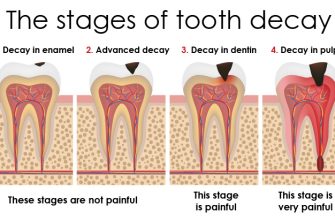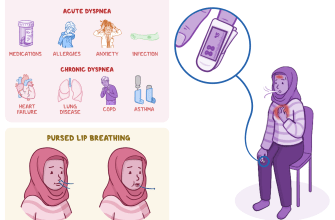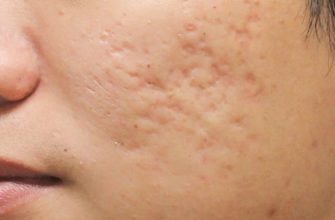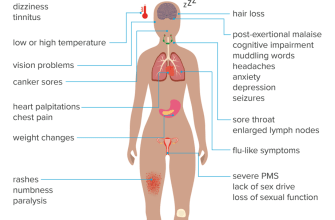Cyanosis is a medical condition characterized by the bluish discoloration of the skin, lips, and nails. It occurs when there is a lack of oxygen in the blood or when the blood is not circulating properly. Cyanosis can be a symptom of various underlying health conditions, including respiratory distress, heart disease, and lung conditions. It is important to understand the causes and treatment options for cyanosis to ensure prompt medical attention and appropriate management.
Causes of Cyanosis
Cyanosis occurs when there is a decrease in the oxygen saturation of the blood. This can happen due to several reasons:
- Lack of Oxygen: The most common cause of cyanosis is a lack of oxygen in the blood. This can be due to respiratory problems, such as asthma, pneumonia, or chronic obstructive pulmonary disease (COPD). When the lungs are unable to adequately oxygenate the blood, cyanosis may occur.
- Heart Disease: Certain heart conditions can lead to cyanosis. Congenital heart defects, such as Tetralogy of Fallot or transposition of the great arteries, can cause mixing of oxygenated and deoxygenated blood, resulting in cyanosis.
- Lung Conditions: Lung diseases, such as pulmonary embolism or pulmonary fibrosis, can impair the exchange of oxygen and carbon dioxide in the lungs, leading to cyanosis.
- Reduced Blood Circulation: In some cases, cyanosis can occur due to reduced blood circulation. This can happen when there is a blockage in the blood vessels, such as a blood clot or peripheral artery disease.
Treatment Options for Cyanosis
The treatment of cyanosis depends on the underlying cause and severity of the condition. It is essential to seek immediate medical attention if cyanosis is observed, as it can be a sign of a medical emergency.
Addressing Respiratory Distress
If cyanosis is caused by respiratory distress, the following treatment options may be considered:
- Oxygen Therapy: Supplemental oxygen may be administered to increase the oxygen levels in the blood. This can be done through a nasal cannula, face mask, or ventilator.
- Bronchodilators: In cases of asthma or other obstructive lung diseases, bronchodilators may be prescribed to open up the airways and improve breathing.
- Steroids: Corticosteroids may be used to reduce inflammation in the airways and improve respiratory function.
Managing Heart Conditions
If cyanosis is a result of heart disease, the treatment options may include:
- Surgical Intervention: In some cases, surgical procedures may be necessary to correct congenital heart defects or improve blood flow.
- Medications: Medications, such as diuretics or beta-blockers, may be prescribed to manage heart conditions and improve cardiac function.
- Lifestyle Modifications: Adopting a healthy lifestyle, including regular exercise, a balanced diet, and avoiding smoking, can help manage heart disease and reduce the risk of complications.
Addressing Reduced Blood Circulation
If cyanosis is caused by reduced blood circulation, the following treatment options may be considered:
- Blood Thinners: Anticoagulant medications may be prescribed to prevent blood clots and improve blood flow.
- Vascular Procedures: In some cases, surgical procedures, such as angioplasty or bypass surgery, may be necessary to restore proper blood circulation.
- Lifestyle Changes: Making lifestyle modifications, such as regular exercise, maintaining a healthy weight, and managing underlying conditions like diabetes or high blood pressure, can help improve blood circulation.
It is important to note that the treatment options for cyanosis may vary depending on the individual case and the underlying cause. Therefore, it is crucial to consult a healthcare professional for an accurate diagnosis and appropriate treatment plan.
In conclusion, cyanosis is a medical condition characterized by the bluish discoloration of the skin, lips, and nails. It can be caused by a lack of oxygen in the blood, heart disease, lung conditions, or reduced blood circulation. Prompt medical attention is necessary if cyanosis is observed, as it can indicate a medical emergency. Treatment options for cyanosis depend on the underlying cause and may include oxygen therapy, medications, surgical intervention, or lifestyle modifications. Consulting a healthcare professional is essential for an accurate diagnosis and appropriate management of cyanosis.








